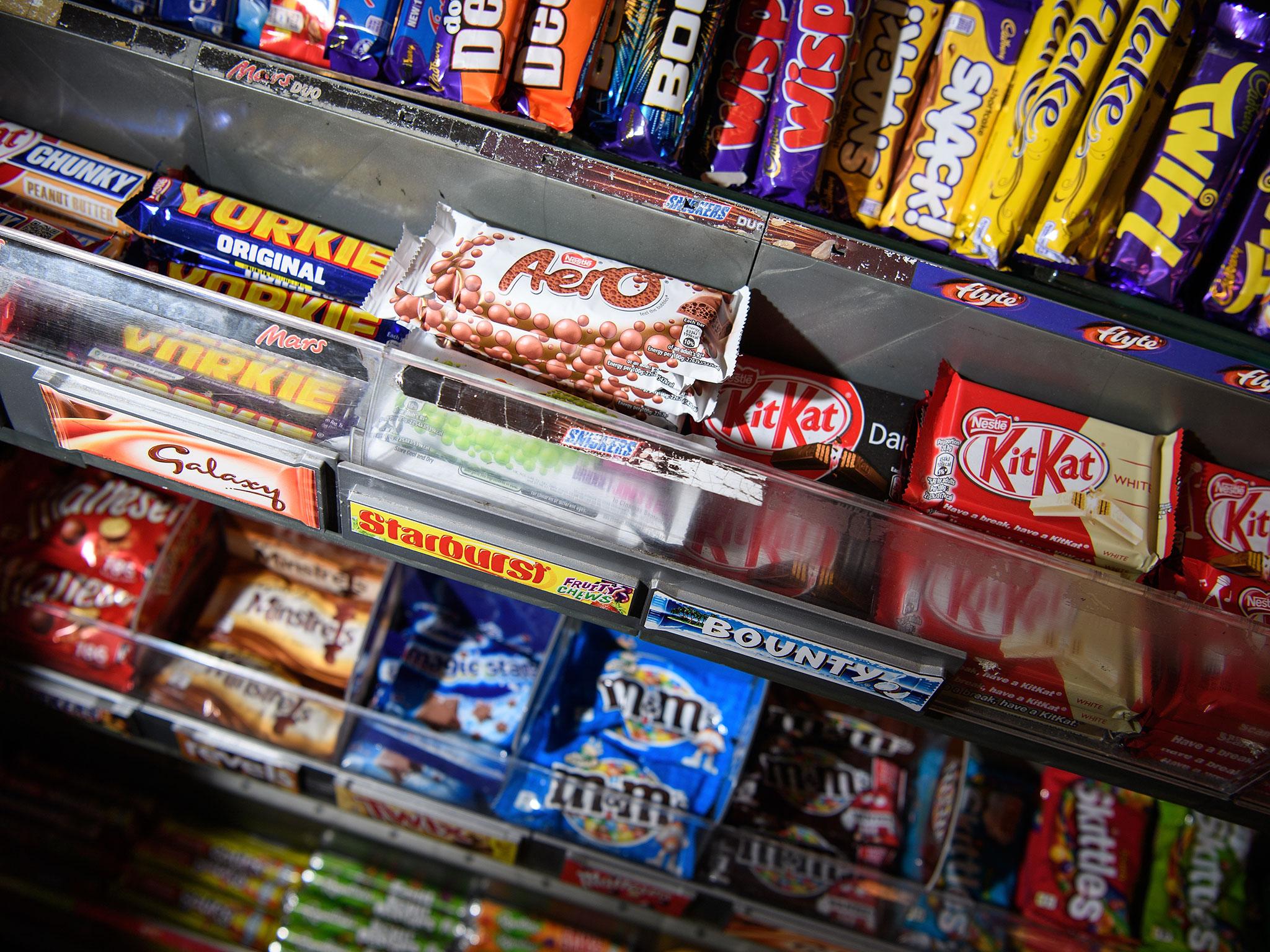'Junk food' and the consumer blame game
Junk food versus healthy food – why are we always blaming consumers for 'bad' food choices?
People in the UK are hooked on takeaways and microwave meals, or so we are constantly told by TV chefs and the media. This apparent addiction to fast food is leading to an obesity epidemic.
But what exactly is “junk food”? And why is the consumer always at fault for failing to resist these hyper-palatable foods?
According to a recent YouGov survey, we eat too much “junk food” and new research by the Institute of Economic Affairs (IEA) says we can no longer say we do so because it’s cheaper. But how can we substantiate these claims unless we agree what classifies as junk food?
With companies such as Deliveroo making it possible to order takeaway food from virtually any type of restaurant, consumers asked the question “How many times a week do you have a takeaway?” may inadvertently tell the world they regularly consume junk food. But in fact they may have ordered a takeaway salmon and vegetable dish. And a so-called “ready meal” containing natural ingredients and little added salt, fat or sugar may face the same judgement.
The IEA focused on this area specifically, claiming ready meals are no cheaper than cooking from scratch – and in many cases they’re right. For example, Marks & Spencer’s “Balanced For You” range starts at £4.25 for a meal, which some people may consider expensive for a single portion. However, with an average across the range of less than 400 calories, 10g of fat, 1.5g of salt and 5g of sugar per meal, these ready meals would not fall into most people’s idea of junk food.
If we were to agree that the majority of junk food is laden with fat, sugar and salt and that buying healthy food can be cheaper, why do people fail to buy more fruit and vegetables and why do we have such high rates of obesity?
‘Bliss point’
Studies suggest that genetically we have changed very little since our hunter-gatherer ancestors. We are engineered to seek the most energy-packed food. Despite evolution, we have not evolved at the same pace as our economy or industry – nor our diets. Animal studies have shown that they too favour foods that are high in sugar and fat. The combination of ingredients often referred to as the “bliss point” is hyper-palatable portions of fat, salt and sugar that are irresistible to our taste buds.
Consumption of junk food often comes down to taste and availability and aggressive marketing exacerbates this. The retail food industry knows that foods high in sugar, fat and salt sell and therefore push such products onto a wide demographic. Advertisements energetically promote these food products. For example, more than 60% of the food and drink adverts during Ant and Dec’s Saturday night prime time programme were for so-called junk foods. This did face criticism but it’s still a regular occurrence.
Even McDonald’s, which are supposedly trying to demonstrate “responsible eating”, does so by advertising its apple snacks in children’s meals – a not-so-subtle way of promoting fast food to children and their parents. Apple slices, though appealing, do not make the accompanying cheeseburger or chicken nuggets a healthy option.
This isn’t solely restricted to the media. It is noticeable in our daily lives, too. As I walk into my local supermarket, I’m immediately faced with a display of 50p jam doughnuts and hot cross buns and the smell of freshly baked bread. This instantly sets off the hunger hormone “ghrelin” and makes me want to buy more food as I walk around the aisles.

I counted six aisles with over 100 adverts for high fat and high sugar content products. Likewise, almost every end of aisle display boasted promotional offers on crisps, soft drinks, chocolates and other junk foods. The Government advises healthy eating as an easy choice but, as I attempt to bypass the end aisles, I’m bombarded with a wave of promotional signs. In contrast, there are rarely large discounts offered on fruit and vegetables, despite the latest news headline recommendation to eat ten, rather than five, portions a day.
Advertising and digital media
One global study showed that the most advertised types of food and drink were fast food, sugary cereals and snacks including chocolate and crisps. Therefore, it seems unfair to blame buying habits entirely on the consumer when the majority of these adverts are for unhealthy foods, which we are preconditioned to crave. Digital media also offers another platform for the junk food industry to sink their teeth into. McDonald’s has more than 70 million followers on Facebook and KFC has over 45 million. The industry is well aware that peer influence can have lasting effects, especially among adolescents.
For me, the Government is not doing enough to prohibit this kind of publicity in the media and in stores. Theresa May has been criticised for her stance on junk food advertising and blamed for abandoning plans to tackle childhood obesity.
The sugar tax may have some effect as a small number of companies have indicated they will reformulate their products. But is the tax likely to influence consumer choice if it is not coupled with nutritional advice? And where can we get this advice? Our GPs are not trained to explain what constitutes junk food and we have seen NHS funding cuts for child obesity programmes and dietitians.
My research aims to answer some of these dilemmas. I want to discover whether we are actually eating as much junk food as is being suggested. To do this I want to devise a method to help determine people’s food intake from urine samples which can assess an individual’s nutritional status. If we can answer these questions then we can begin to understand and improve our eating habits and help people with long-term dietary problems.
This article was originally published on The Conversation (theconversation.com). Hayley Janssen is a PhD candidate at Liverpool John Moores University
 Pages you might like
Pages you might like








 Latest information
Latest information
 Follow official account
Follow official account
 Online support
Online support
 鄂ICP备2022017323号
鄂ICP备2022017323号
 鄂公网安备 42018502006493
鄂公网安备 42018502006493
 Launch Exhibition
Launch Exhibition
 Release information
Release information



 Today's topic
Today's topic















